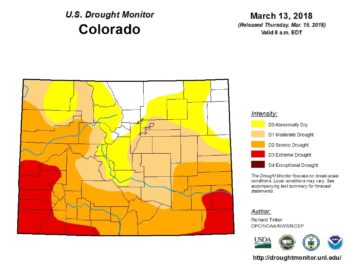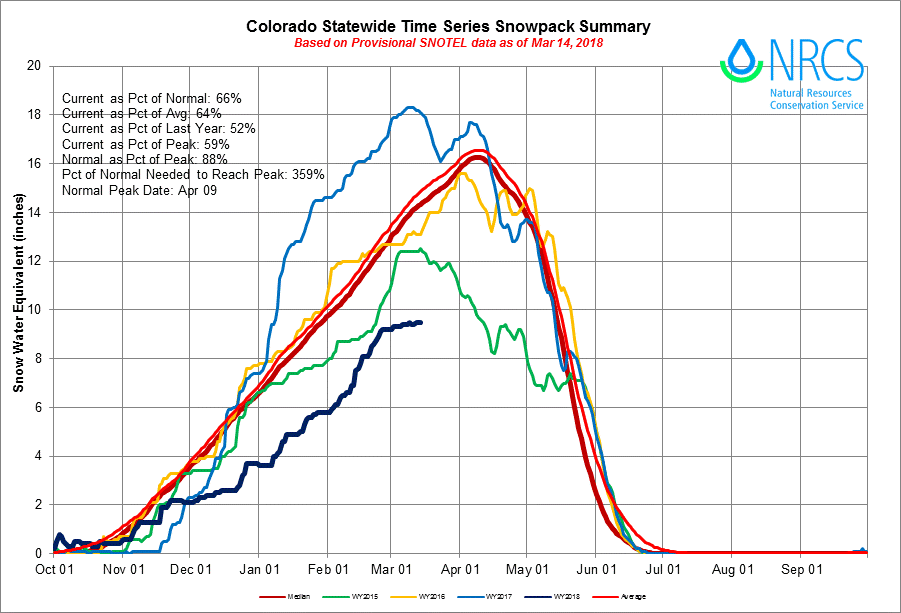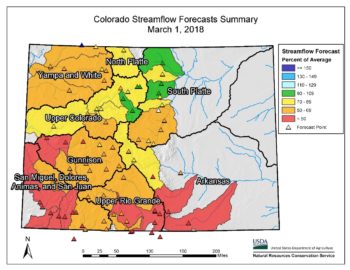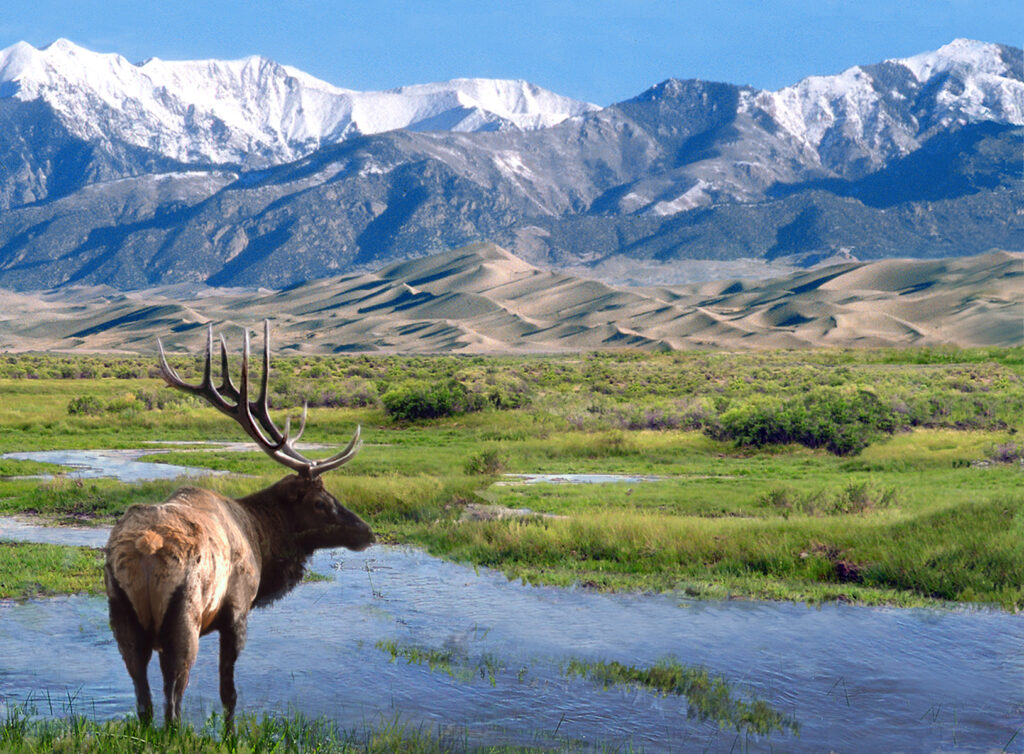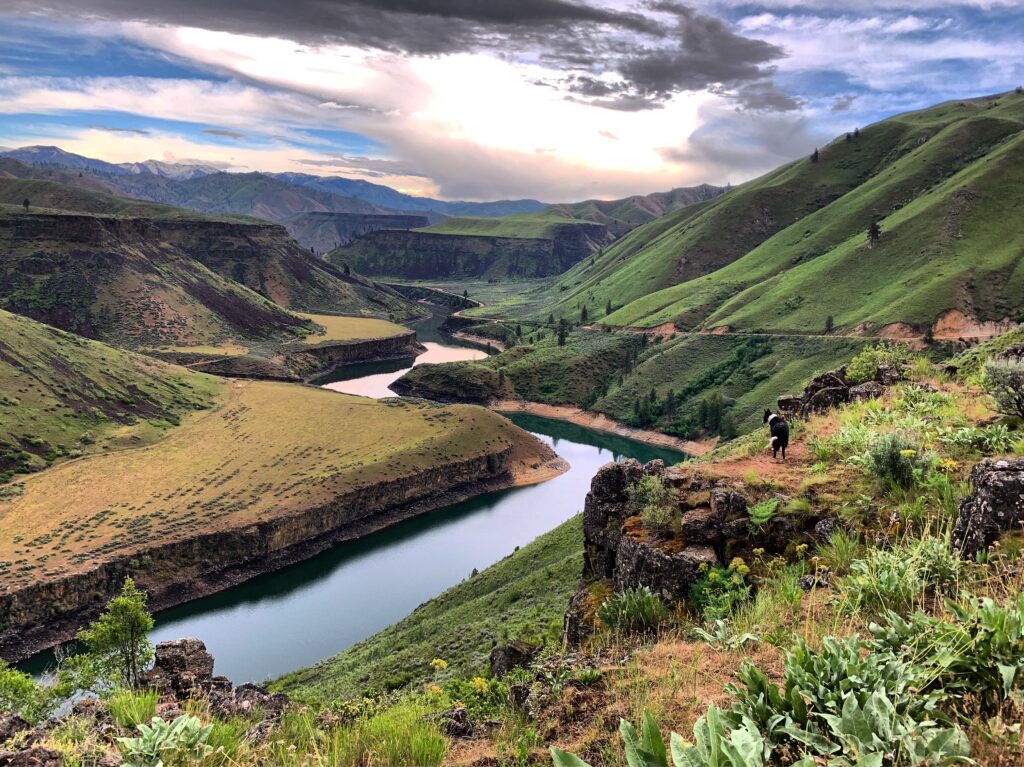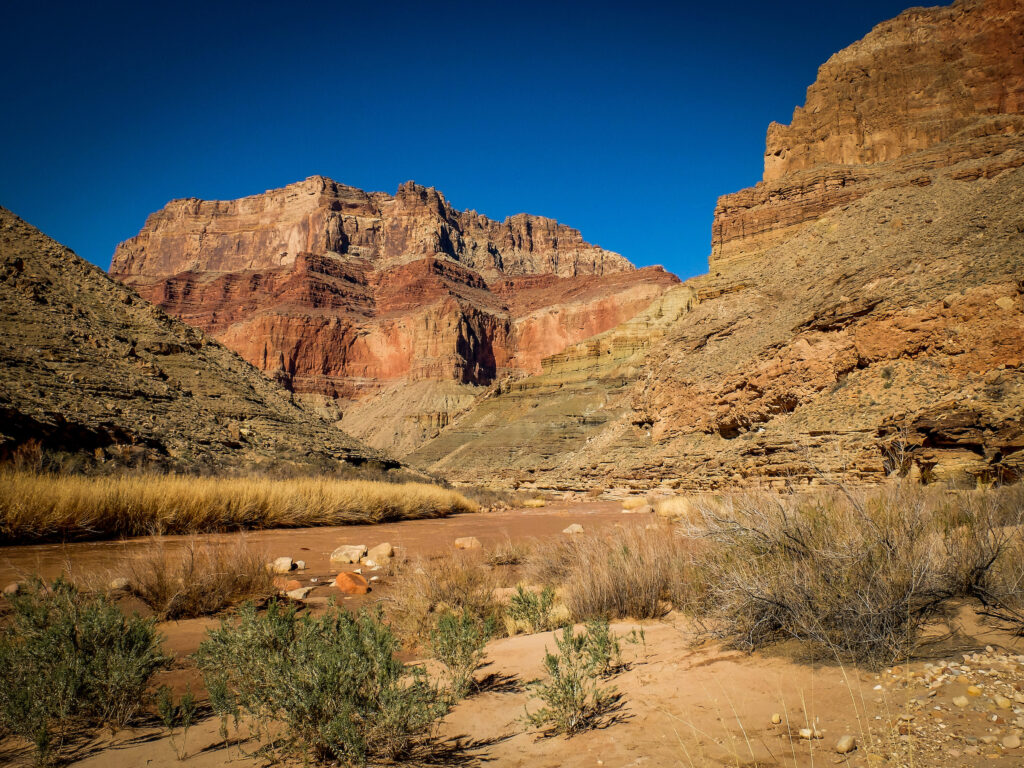360 Percent to Optimal Snowfall
With the prediction of continued dry conditions into summer, continued implementation of the Colorado Water Plan may alleviate the effects of weather swings in years to come.
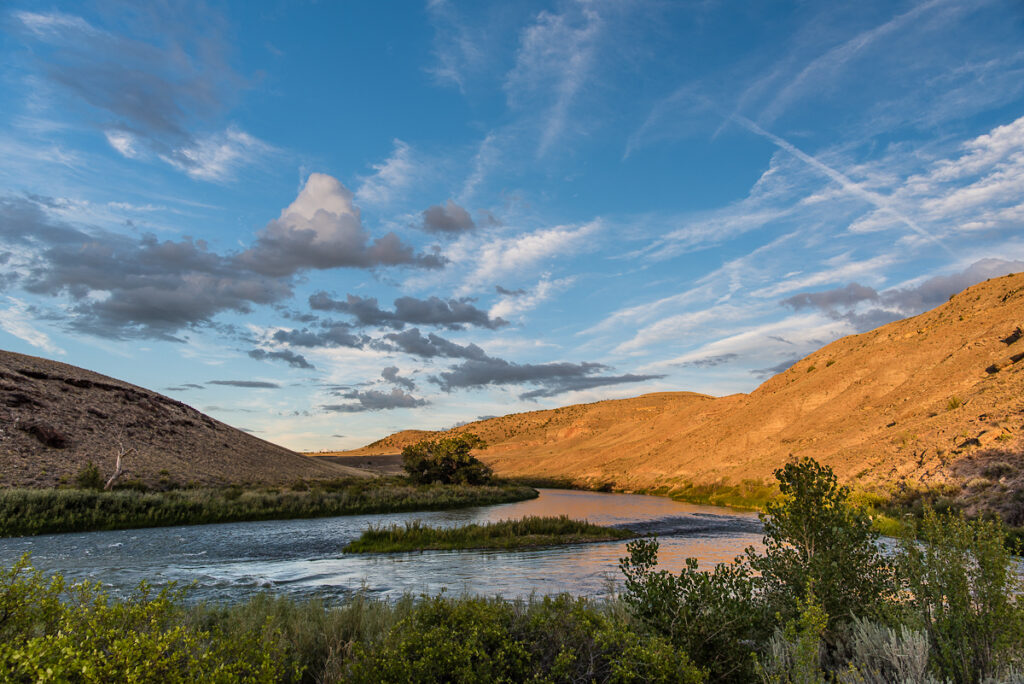
Weather in Colorado can be a fickle beast. Last year, despite the winter starting on a dry note, Colorado ended with a significant amount of precipitation across the state, particularly across the Western Slope. The snow was so deep in some communities that ski areas closed due do too much snow!!
But this year, it’s a different story. On my drive into the high country earlier this week, it was impossible not to notice a missing aspect of the landscape: snow. Colorado, like other states across the southwest and high plains is dry. Very, very dry. Warm temperatures with scant precipitation has been the norm for most of the winter, and despite a bit wetter February, it wasn’t enough to lift the state’s precipitation even to an average level – and the southwestern corner is still well below 75 percent of normal snowpack. Unfortunately, forecasts predict continued dry conditions into summer – we can no longer hope for a wet spring to save the day. As of March 14th, Colorado would need nearly 360 percent of normal snowfall to bring snowpack up to optimal levels.
So what does this mean for rivers?
Without a significant amount of moisture, and soon, summer flows across the state are destined to be much lower than average. The southwest and southeast parts of the state are experiencing the greatest threat, with snowpack in surrounding mountains being dismally low. The Gunnison, San Miguel, and Dolores River Basins are projected to produce 45 – 51 percent of average stream volume, and the Animas in early March experienced some of the lowest flows through Durango on record. However, while current reservoir levels across the state are at or above average (current storage total is around 116 percent of average) we can’t gamble our future on a great snowpack next year to replenish this year’s consumption. The trends are for less snow more often, and changes must be made to safeguard our rivers.
Colorado depends on our rivers for agriculture, recreation, municipal needs, and drinking water supplies. And we, as Coloradans, know that we cannot rely on weather patterns to get us out of a problem. The climate is changing, and overall we are experiencing more consistently dry years, with wet years becoming few and far between. We need to implement common sense solutions to cope with a future where there is regularly less water and drier conditions across Colorado.
While the snowpack situation isn’t looking great for us this year, water managers across Colorado were forward thinking in the creation of Colorado’s Water Plan. They identified collaborative, smart, and efficient solutions to protect our clean drinking water supply, and healthy rivers have and will continue to be a critical part of how we manage water and rivers here in Colorado. Colorado’s Water Plan identifies the fundamental solutions to preserve our clean, safe, reliable drinking water supply and protect the places we all love.
It’s unlikely we’ll hit the almost 360 percent of precipitation we need in the coming months just to get to average this year, which is why we must continue circling back to conservation and the protection of our rivers. Continued implementation of the Water Plan may alleviate the effects of weather swings in years to come by adding flexibility through identified solutions like increased water conservation, more flexible water management, and better protections for healthy rivers and streams. We have viable, cost-effective and strategic actions to ensure a healthy water future for Colorado, and by embracing these efforts now, and supporting increased funding for the plan into the future, we can make the best bet toward sustaining Colorado’s rivers through these dramatic, and unpredictable, swings in Colorado’s wild weather.
